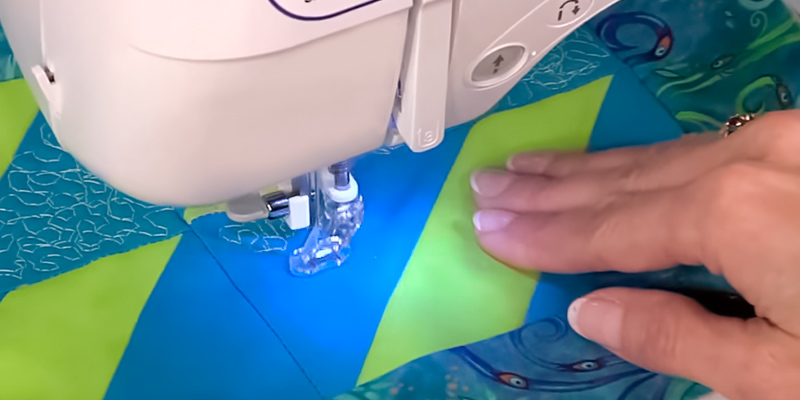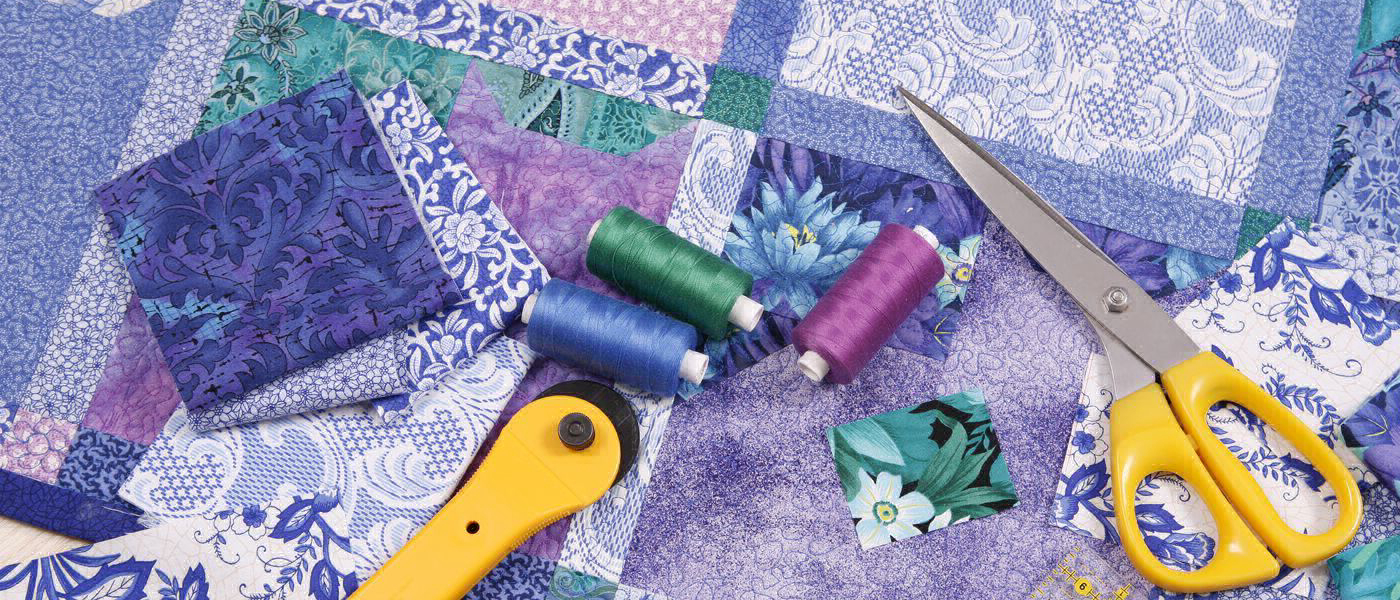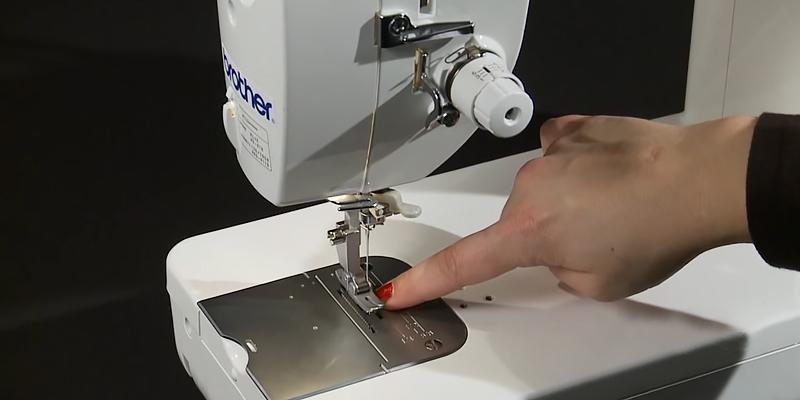
After many days of effort, you are now past sewing the quilt top and are now ready to start the process of quilting. It is essential that you do everything right as you do not want to undo all the effort of sewing the quilt top by messing up now. To ensure that all the time, money and effort that you have put into this project does not go waste, here are a few tips that can come handy when you are machine quilting.
Needle: The needle you use on your machine is very critical to the success of your project. So it is a great idea to start with a new needle, are you asking yourself why. The answer is that first of all an old needle will not last the entire workload of quilting, and it is also seen that as the needle gets old, it starts to miss stitched. So to prevent problems in the future, it is best to start out with a new needle. Also, ensure that the needle is down when you are facing the quilt through at the end of the line. When the needle’s position is down, you are ensuring that the stitch is straight and not crooked.
Walking foot is best: If possible use a walking foot instead of a usual one as that will help to pull the quilt in a straight line through the sewing machine. If you have a standard foot, worry not as you can reduce the dial pressure and that helps in smooth sliding of the quilt.
Use cotton threads: For quilting, it is best to use cotton quilting thread which is of high quality. The thread count should be between 45 to 50. For machine quilting, the weight of the thread does not matter when compared to when you are hand quilting, so you should use a 40 50 cotton thread to get smooth lines.
Read Also : HOW TO SELL YOUR QUILTS ONLINE


